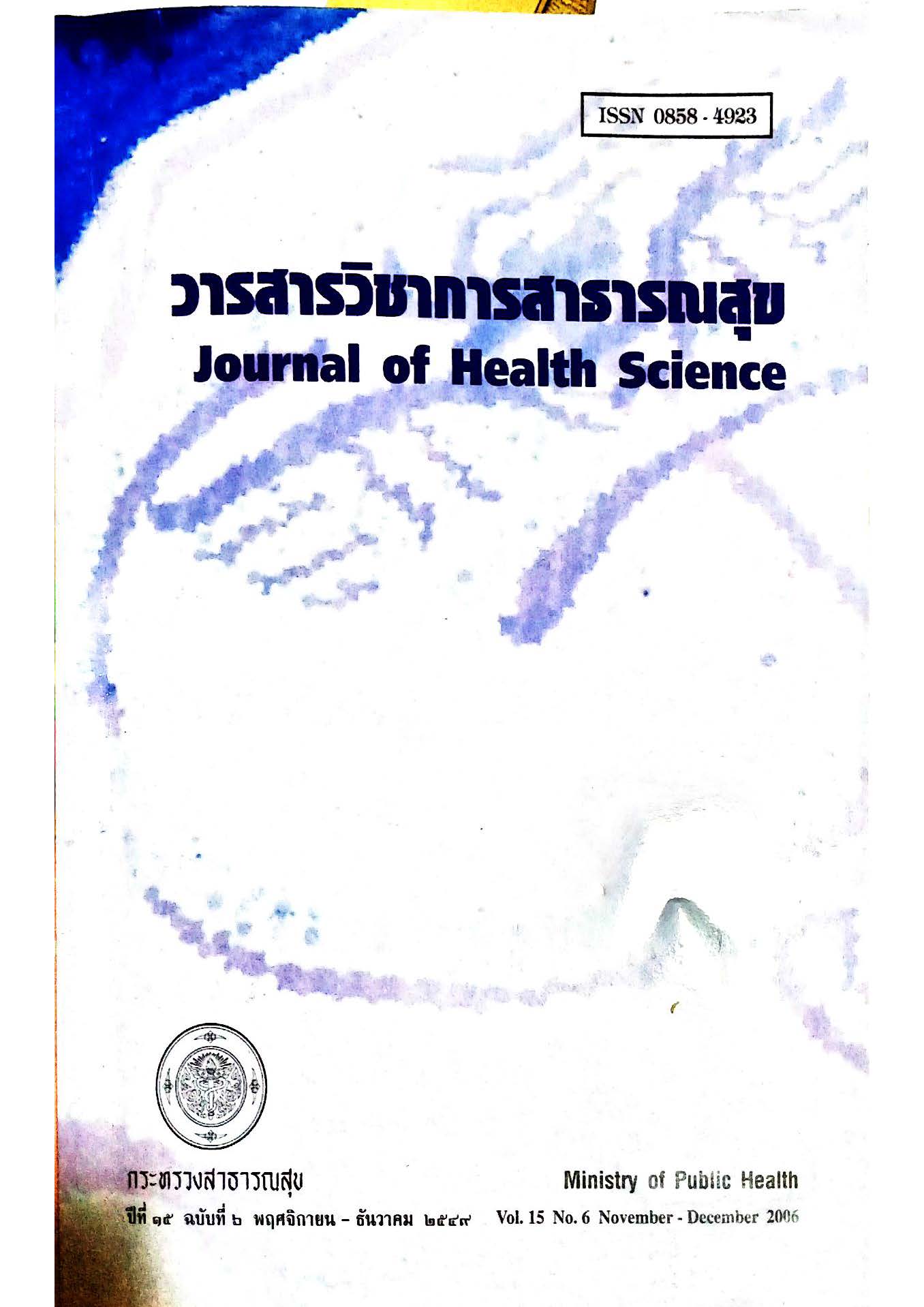Foodborne Botulism III : Clinical Features and Management
Keywords:
botulism, clinical features, managementAbstract
Botulism is a rare but serious paralytic illness caused by a nerve toxin that is produced by the bacterium Clostridium botulinum. There are three main kinds of botulism. Foodborne botulism is caused by eating foods that contain the botulism toxin. Wound botulism is caused by toxin produced from a wound infected with Clostridium botulinum. Infant botulism is caused by consuming the spores of the botulinum bacteria, which then grow in the intestines and release toxin. Botulinum toxin might be used as bioweapon. All forms of botulism can be fatal and are considered medical emergencies.
In foodborne botulism, symptoms generally begin 18 to 36 hours after eating a contaminated food, but they can occur as early as 2 hours or as late as 10 days.
The classic symptoms and signs of botulism include double vision, blurred vision, drooping eyelids, slurred speech, difficulty swallowing, dry mouth, irritability, upper and lower limbs weakness, reduction of gag reflex, loss of tendon reflex and muscle weakness. Infants with botulism appear lethargic, feed poorly, are constipated, and have a weak cry and poor muscle tone. Good supportive care in a hospital is the mainstay of therapy for all forms of botulism. The respiratory failure and paralysis that occur with severe botulism may require a patient to be on a breathing machine (ventilator) for weeks, plus intensive medical and nursing care if diagnosed early, foodborne and wound botulism can be treated with an antitoxin which blocks the action of toxin-producing bacteria and appropriate antibiotics should be administered. Currently, antitoxin is not routinely given for treatment of infant botulism. Botulism immune globulin, if available, is appropriate for use in infantile botulism. Recovery is expected to last a long period of time.
Downloads
Downloads
Published
How to Cite
Issue
Section
License

This work is licensed under a Creative Commons Attribution-NonCommercial-NoDerivatives 4.0 International License.







